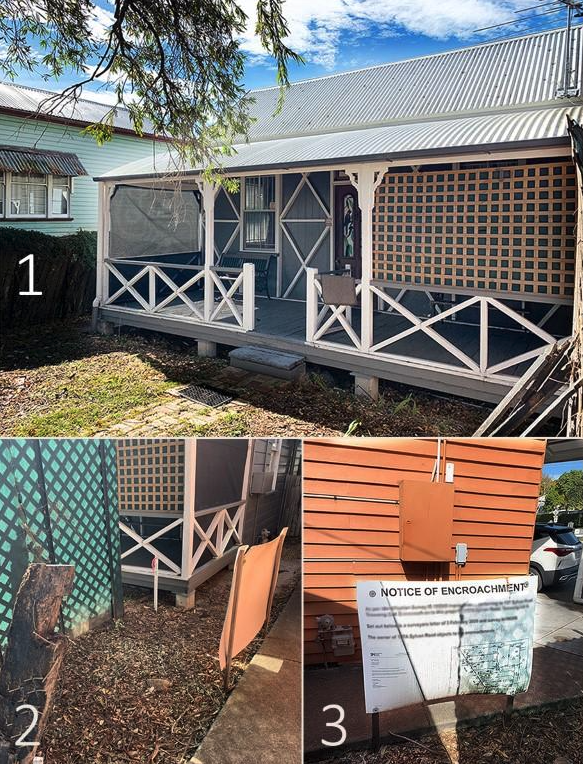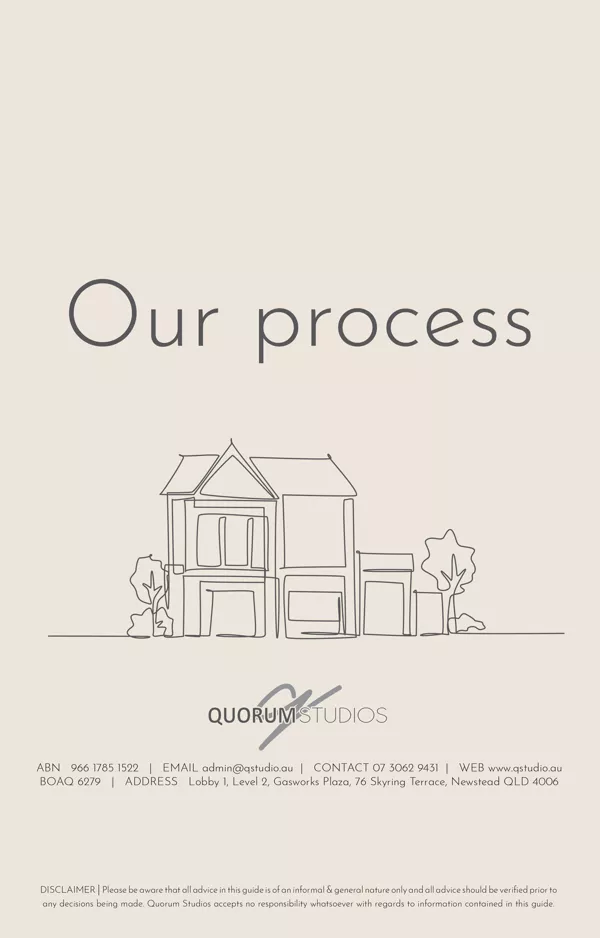Importance of a Detail & Contour Survey
‘What is that? Do we need one? Can't we get by without one?’
In a nutshell, most projects will require a detail and contour survey and can be described as the ‘foundation’ of your project in a design sense. A detail and contour survey is conducted by a Land Surveyor who can accurately pick up the following features on your site in terms of positions and heights:
- Property boundary locations
- Levels & contours
- Easements identification
- Existing buildings and structures on site
- Retaining walls and fence lines
- Existing tree locations
- Driveway location
- Natural Ground Line which can be used to establish your height limit
- Services such as water meters, sewer lines, manholes, gas lines, streetlamps, electricity poles, overhead lines, etc.
Picking up items such as the above ensures your project starts on a good footing and that the design responds to the site constraints and features in an informed manner. In doing so, the chances of expensive reworking of a design due to a failure of not picking existing site elements or features are mitigated. Note that an existing fence is no guarantee of where your boundary is. There have been instances where clients have been pleasantly surprised to find out that they have up to 500mm more of their property due to a misplaced fence location.
Character Homes are notorious for potentially having a portion of the home over a Property Boundary Line and encroaching into a neighbouring property. We have had these scenarios in the past and it raises a few considerations:
- Fire ratings. Most elements within 900mm of the property boundary are required to be fire-rated
- Building setbacks are potentially triggered
- Will the property boundary line in question be the subject of a boundary realignment process?
Having to address the above items can have serious consequences in terms of approval times and construction budgets.
In addition to promoting the importance of detail and contour surveys and the information that they pick up, we would also encourage clients to ensure that a ‘Full boundary identification survey’ is included. This is to ensure that the property’s exact boundary lines and corners are identified. This becomes especially critical in cases where building additions are located in close proximity to the boundary.
Further advice we can offer is:
- Ensure that your land surveyor is appropriately licensed with the relevant authorities.
- Allow your architect to brief the land surveyor on what important information is required to ensure everything is captured on the day of the survey. The architect would have to visit and inspect the site before the survey takes place which will then inform their briefing to the land surveyor.
- Book your survey well ahead of time as lead times differ throughout the year and also depend on how busy the construction industry is
Case Study
On the note of allowing your architect to inspect the site and prepare a briefing for your land surveyor, we had an instance where a client wanted to engage us for their character home renovation project of an old ‘Workers Cottage’ in Toowong that they were close to purchasing.
Prior to our engagement, we arranged for a site visit to inspect the site and generally review the development potential with the client. While on site we noticed a partially hidden notice that the building was not in fact within the property boundary which had serious implications for our client.
The triggers that this encroachment would initiate forced our client to reconsider their interest in this property. The decision was to pass up this property and rather procure a different site. As much as we were eager to work on this project and contribute to its gentrification, we were perhaps more pleased with the fact that we assisted our client in avoiding making a costly commitment that ultimately would not have suited their goals and ambitions.
This is a great example of how engaging an architect can ‘flush’ out potential issues quite early into your renovation project.

Disclaimer
The information provided by Quorum Studios ('we', 'us', or 'our') with this article is for general informational purposes only. All information in this article is provided in good faith, however we make no representation or warranty of any kind, express or implied, regarding the accuracy, adequacy, validity, reliability, availability, or completeness of any information on the Site. Under no circumstance shall we have any liability to you for any loss or damage of any kind incurred as a result of the use of this article or reliance on any information provided in the article. Your use of this article and your reliance on any information in this article is solely at your own risk.





